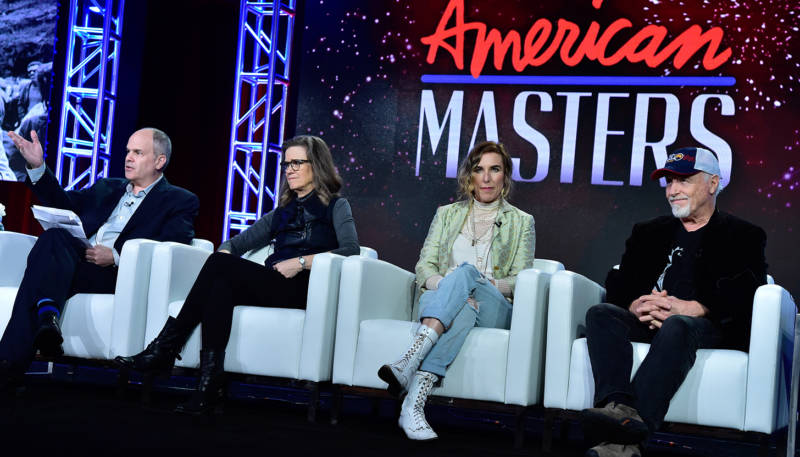In 2007, soon after the release of her acclaimed documentary Deliver Us from Evil, Amy Berg was approached by the estate of Janis Joplin with the idea of making a film about the iconic singer. A lifelong fan, Academy Award-nominated Berg immediately jumped at the opportunity; though Joplin is perhaps the most influential female vocalist in rock & roll history, no one had ever explored her story on film.
Eight years later, Berg has completed Janis: Little Girl Blue, an insightful and moving examination of the musician’s complex, tragic life. Using interviews with those closest to Joplin, riveting performance footage, and the singer’s own personal diaries and correspondence, Berg has assembled a layered and revelatory portrait of a misunderstood figure, as shy and vulnerable offstage as she was explosive and aggressive in front of a band.
Soon after meeting with the Joplin family, Berg started gathering interviews whenever she could—on her first visit to Janis’ hometown of Port Arthur, Texas, she filmed a crucial conversation with one of the singer’s high school friends, opening up the notion of Joplin as a woman who never escaped the scars from her painful adolescence as an ambitious outcast in a typical Southern town. For two years, the director continued to shoot with sources across the country, from Joplin’s musical colleagues in San Francisco to her friend and frequent interviewer, television host Dick Cavett.
But the project lost momentum, and Berg spent several years trying to get the film back on track. Eventually she met with Oscar-winning filmmaker Alex Gibney (Taxi to the Dark Side, Enron: The Smartest Guys in the Room), who has worked on numerous music-related documentaries over the years, even touching on eras and communities close to Joplin in his films about the blues (Lightning in a Bottle), Ken Kesey’s Merry Pranksters (Magic Trip), and Hunter S. Thompson (Gonzo). Gibney agreed to join the Joplin project as a producer, and put together the funding and resources that Berg required to get the film made.
The director determined that she wanted the movie to be told as much as possible in Joplin’s own words, so she dove deep into the singer’s private letters, many of them never previously published. What she discovered was Joplin’s constant need for approval and validation—what Berg calls “the little girl inside of her” with a permanent sense that she had to prove, especially to her own family, that she truly was somebody, that her desire for freedom and individual expression was leading her toward real accomplishment, not just a rejection of her upbringing. Janis’ unique and ultra-powerful voice was driving her journey, shouting angst, pain and heartbreak from every stage she visited.


